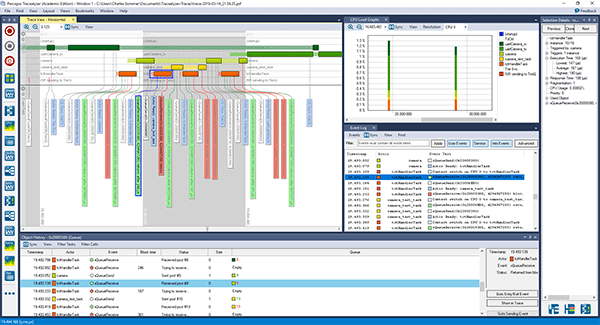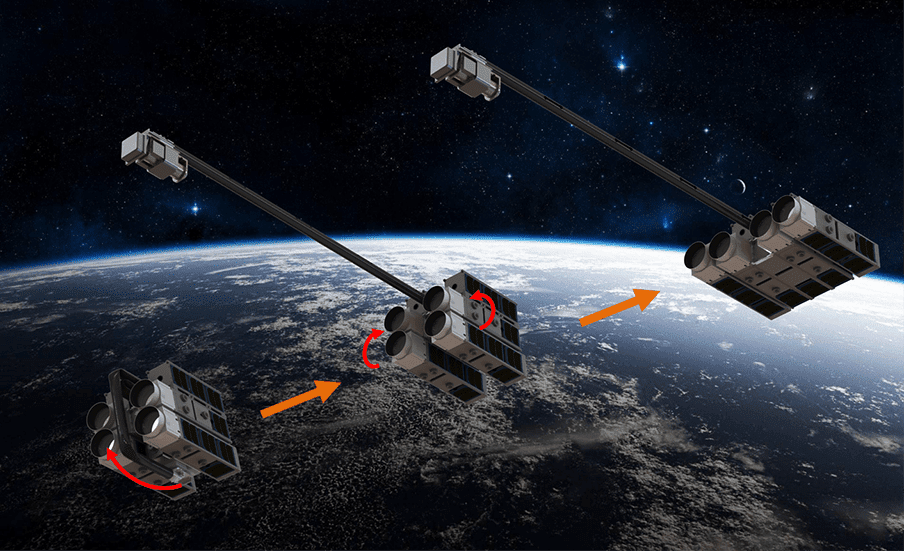Autonomous systems are a really strong trend in the embedded systems industry today and self-driving cars are pretty cool. But this is even better – a self-assembling space telescope!
One of the many free academic licenses for Tracealyzer that Percepio has handed out this year went to Charles Sommer, research engineer on the AAReST project at Caltech in Pasadena, California. AAReST aims to construct a telescope that can be sent up in space in pieces and then assemble itself once it is in orbit.
“Today’s space telescopes are limited by the payload capacity of the rocket that puts them in orbit. This makes them extremely costly to manufacture as their primary mirror needs to fold in order to fit the rocket. Our technology will tackle this problem by autonomously assembling the telescopes’ mirror in orbit, piece by piece,” says Charles Sommer.
James Webb is the next large telescope
Case in point, according to Charles Sommer: the James Webb Space Telescope, in development since the late 1990s and now scheduled to launch in 2021. Its 6.5 meters wide mirror is composed of 18 hexagonal segments, which are folded during launch but will unfold once the telescope is in orbit. Using AAReST technology, such a telescope could be assembled from smaller units launched by separate satellites, keeping costs down.
“Moreover, our technology embeds active mirrors that adjust their shape to obtain the sharpest image. This tackles another issue encountered with the Hubble space telescope, where the primary mirror had a few nanometer shape imperfections and had to be repaired in space by astronauts,” says Charles Sommer.
 The Tracealyzer license that Percepio bestowed on the project will be used to verify the flight software, running on FreeRTOS, he says.
The Tracealyzer license that Percepio bestowed on the project will be used to verify the flight software, running on FreeRTOS, he says.
“The flight software is at the core of our system, and though we want it to be updatable it cannot really be debugged while in-flight. So making sure from the beginning that our software behaves according to our requirements is absolutely critical, and this is where Tracealyzer comes into play. It enables us to thoroughly observe our software execution in real time – it’s simply the exact solution we need for this project.”
AAReST flight software is developed in partnership with Surrey Space Centre in the UK.
Rocket launch in 2020
AAReST is a proof-of-concept research project. It got going in 2010 and for almost a decade undergraduates and graduate students of Caltech’s Pellegrino Lab have been developing it through classes and as a side project to their thesis. It is nearing completion now, with a rocket launch scheduled for March next year. That launch will carry four individually powered mirror segments, who are joined together in a cluster, two of which will then detach, freefly and rejoin in another configuration to show that the technology is viable.
You can read more about the AAReST project here. And we know you will because, well, IT’S SPACE.
If you are studying or teaching embedded development, you too may be able to use Tracealyzer for free. You are welcome to check out our Academic Licenses (scroll to bottom of page).

